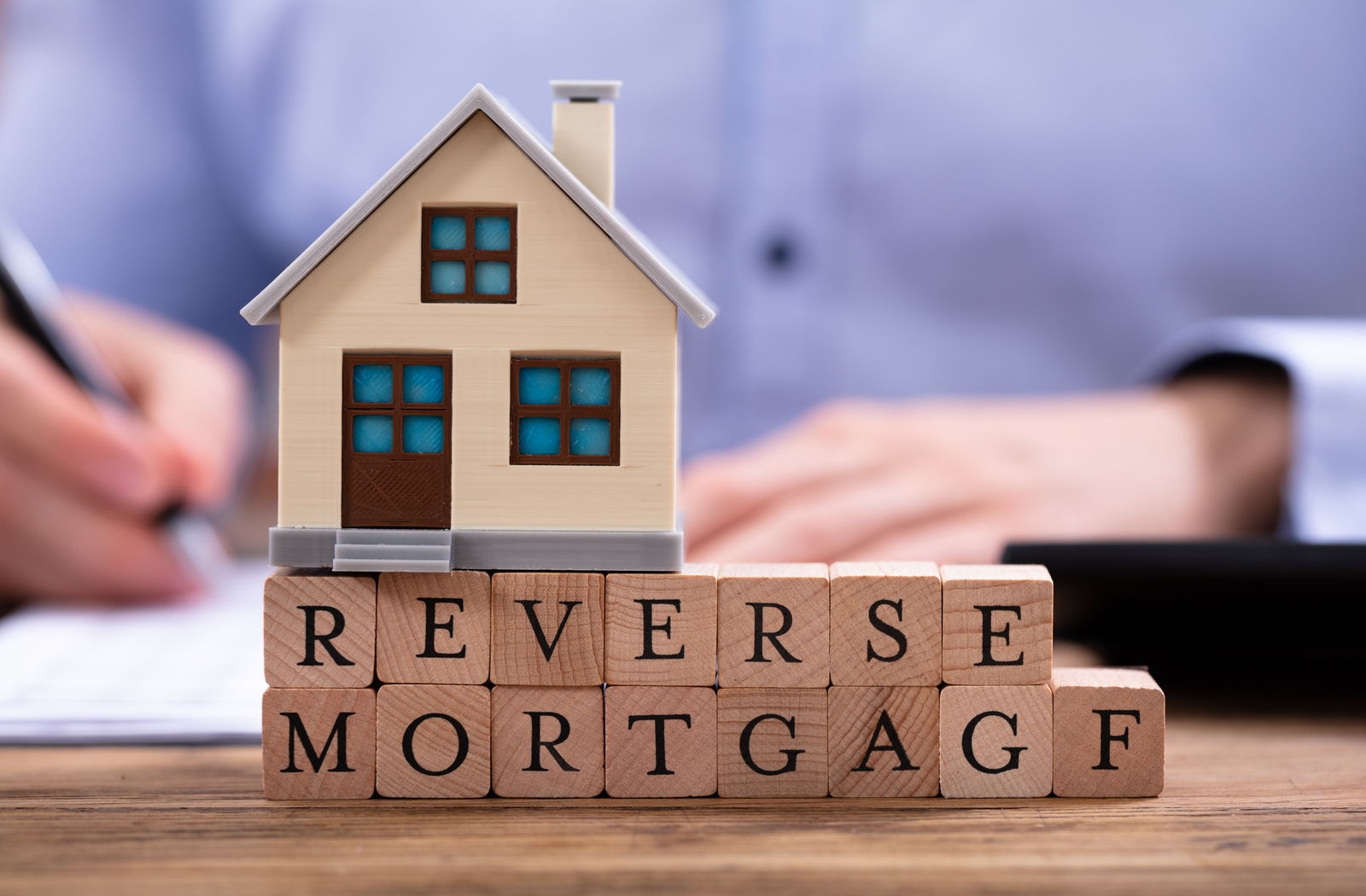

A reverse mortgage allows homeowners aged 62 and older to convert part of their home equity into cash while retaining ownership.

🏠 What Is a Reverse Mortgage?
A reverse mortgage is a loan that lets older homeowners access their home equity without selling their property. The loan balance grows over time as interest and fees accumulate, and repayment is typically deferred until the borrower moves out, sells the home, or passes away. Since the home secures the loan, lenders do not require monthly payments, making it an option for retirees needing supplemental income.
📊 Factors That Determine Your Loan Amount
The amount you can borrow depends on:
Home value – A higher appraisal means more available equity.
Borrower's age – Older applicants qualify for larger amounts.
Interest rates – Lower rates increase potential loan proceeds.
Loan limits – Government-backed programs cap maximum payouts.
💰 How Much Can You Get from a Reverse Mortgage?
Most borrowers receive 40-60% of their home’s value, depending on age and rates. Payout options include lump sums, monthly installments, or a flexible line of credit. However, upfront fees (origination, insurance, closing costs) reduce the net amount received.
⚠️ Negatives of Reverse Mortgage: Key Pitfalls
While useful for supplemental income, reverse mortgages have disadvantages and dangers. Interest compounds over time, reducing home equity. Heirs may inherit less, and failure to maintain the home or pay property taxes can lead to foreclosure.
❌ Reasons Not to Get a Reverse Mortgage
If you plan to move soon or have other income sources, alternatives like downsizing may be better. The costs can outweigh benefits for short-term needs, and the loan complicates estate planning.
Final Thoughts
A reverse mortgage provides cash flow but comes with fees, equity loss, and long-term risks. Carefully weigh the reverse mortgage pitfalls against your financial goals before committing. For some, it’s a helpful tool—for others, alternatives may be safer.
